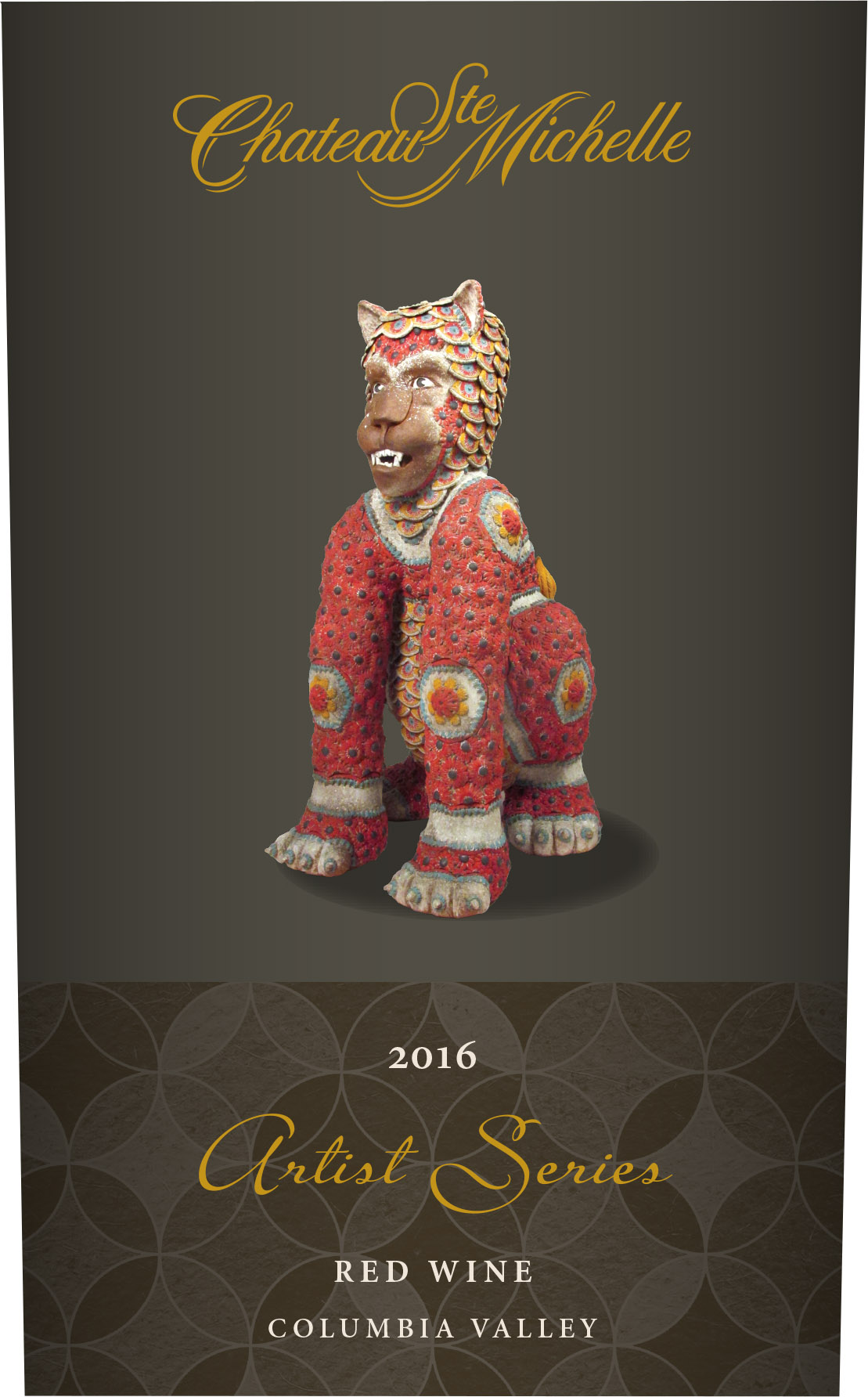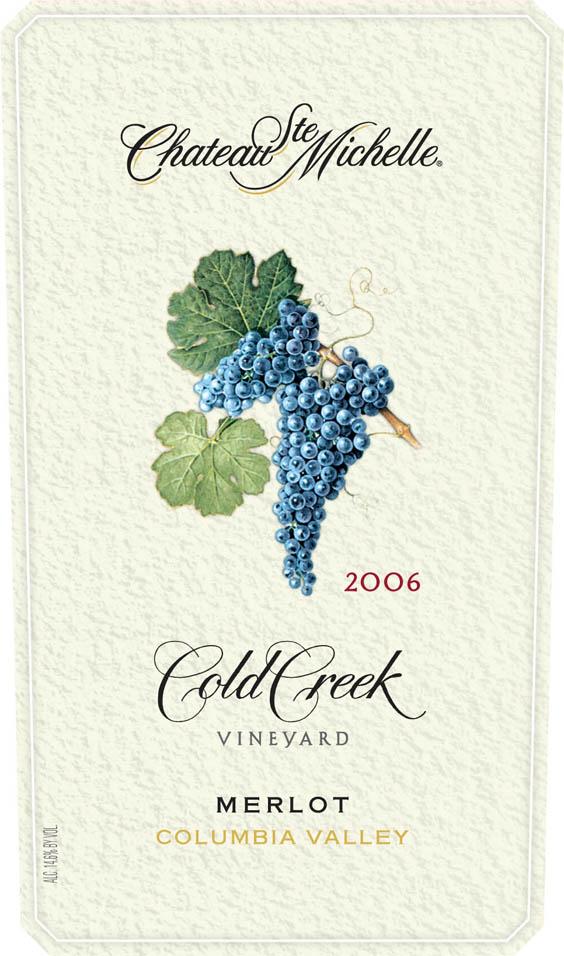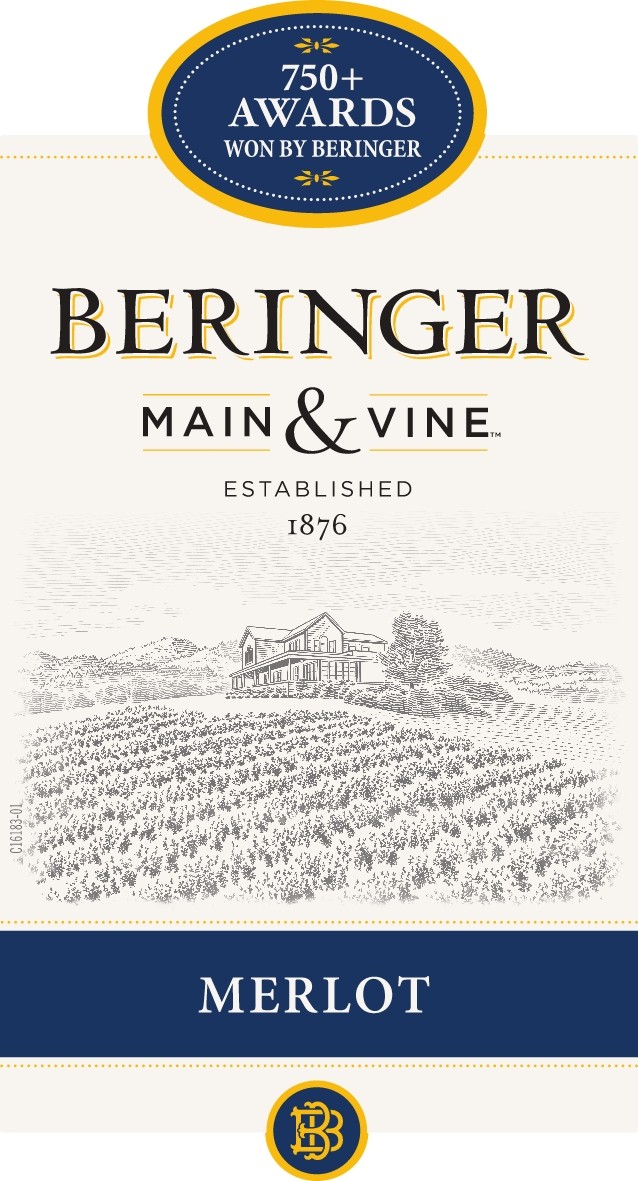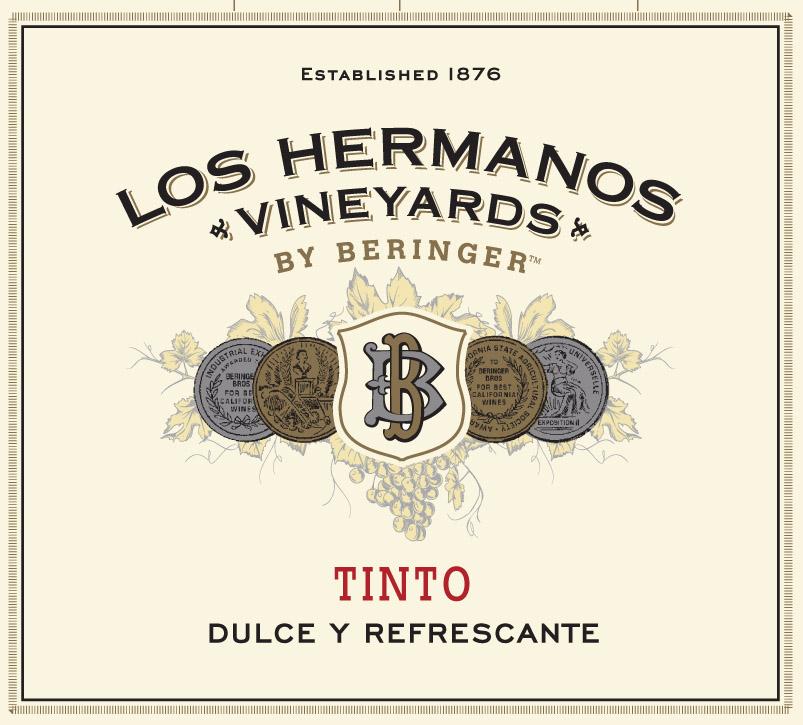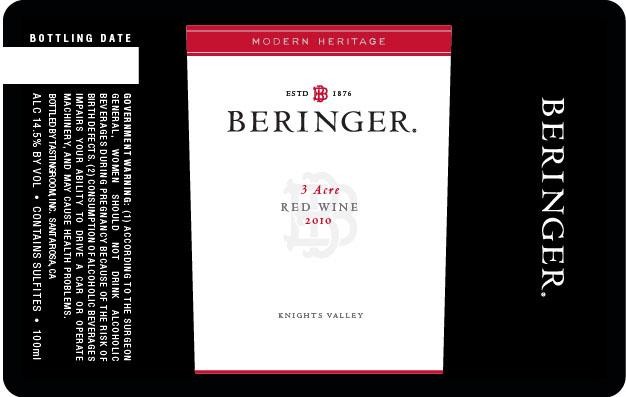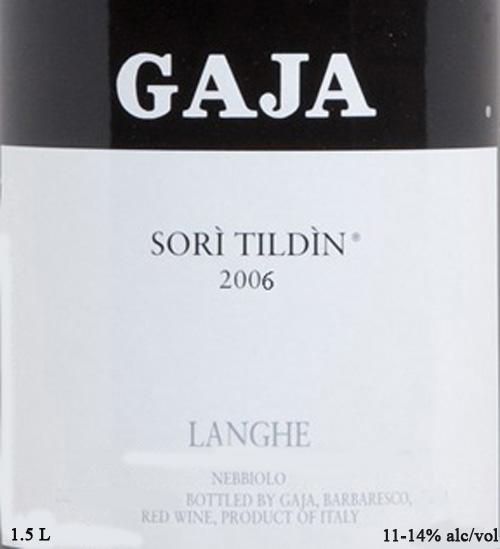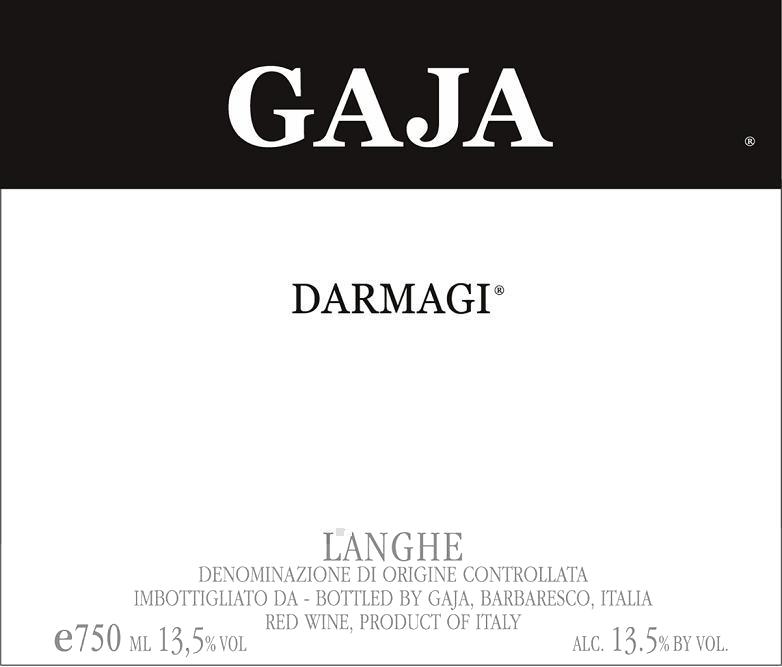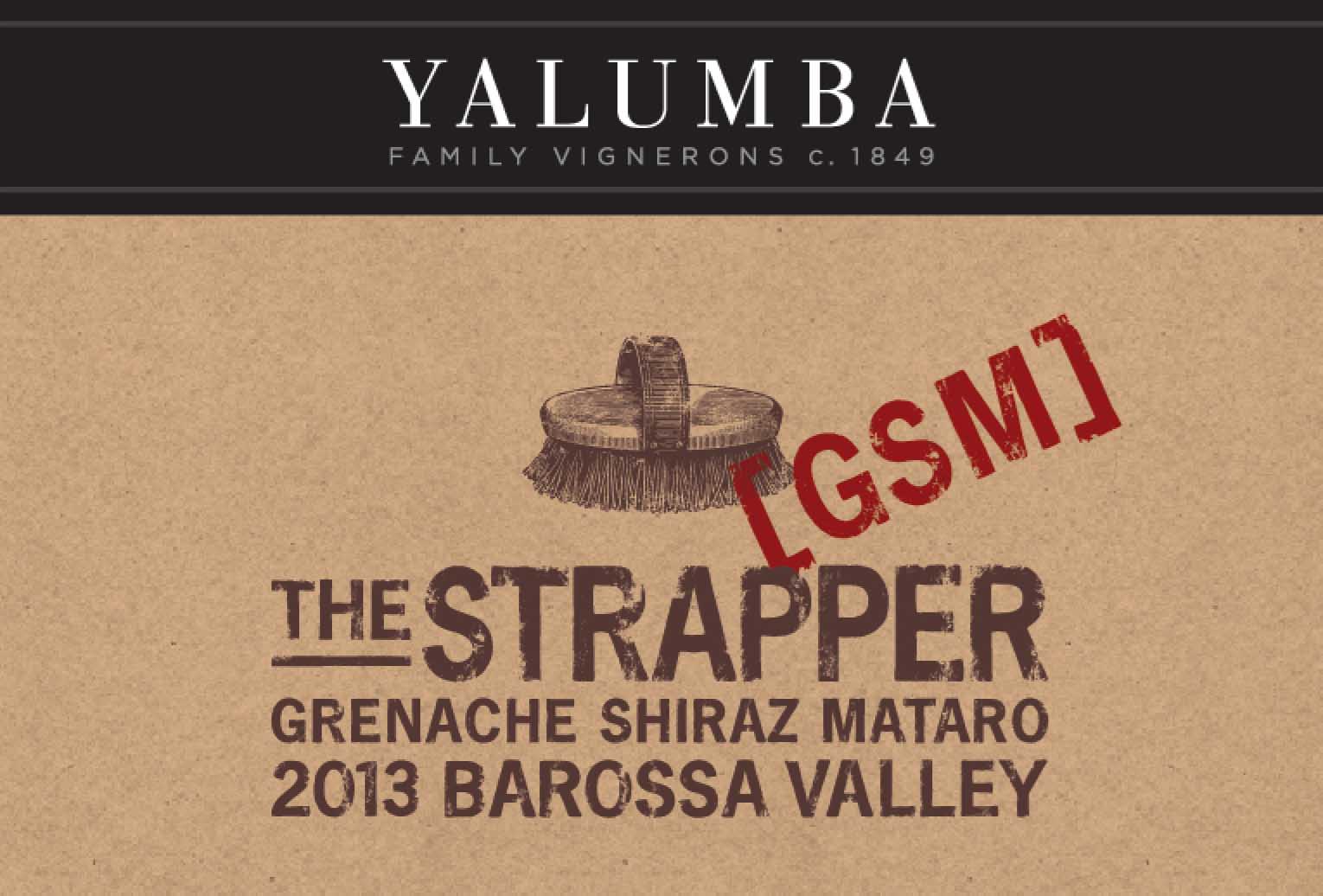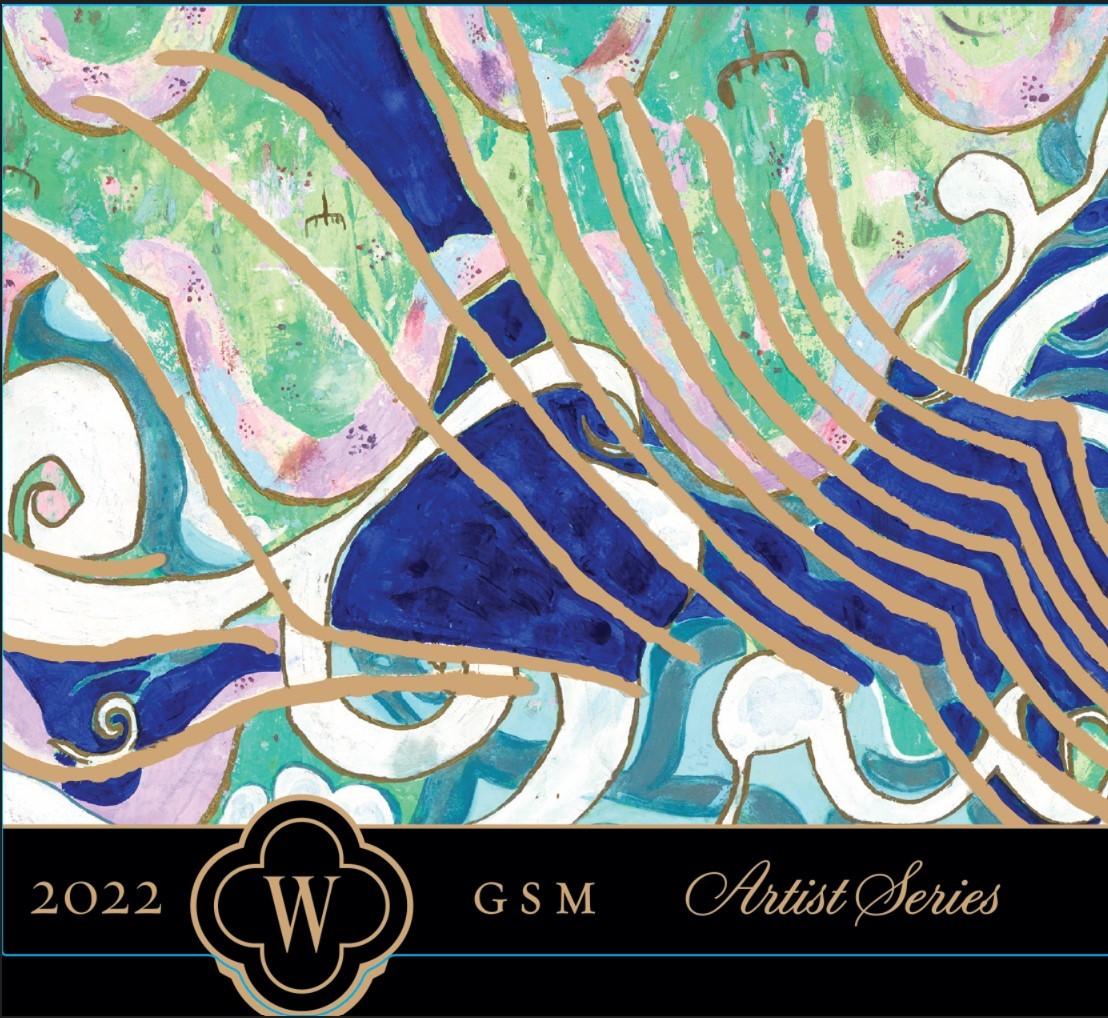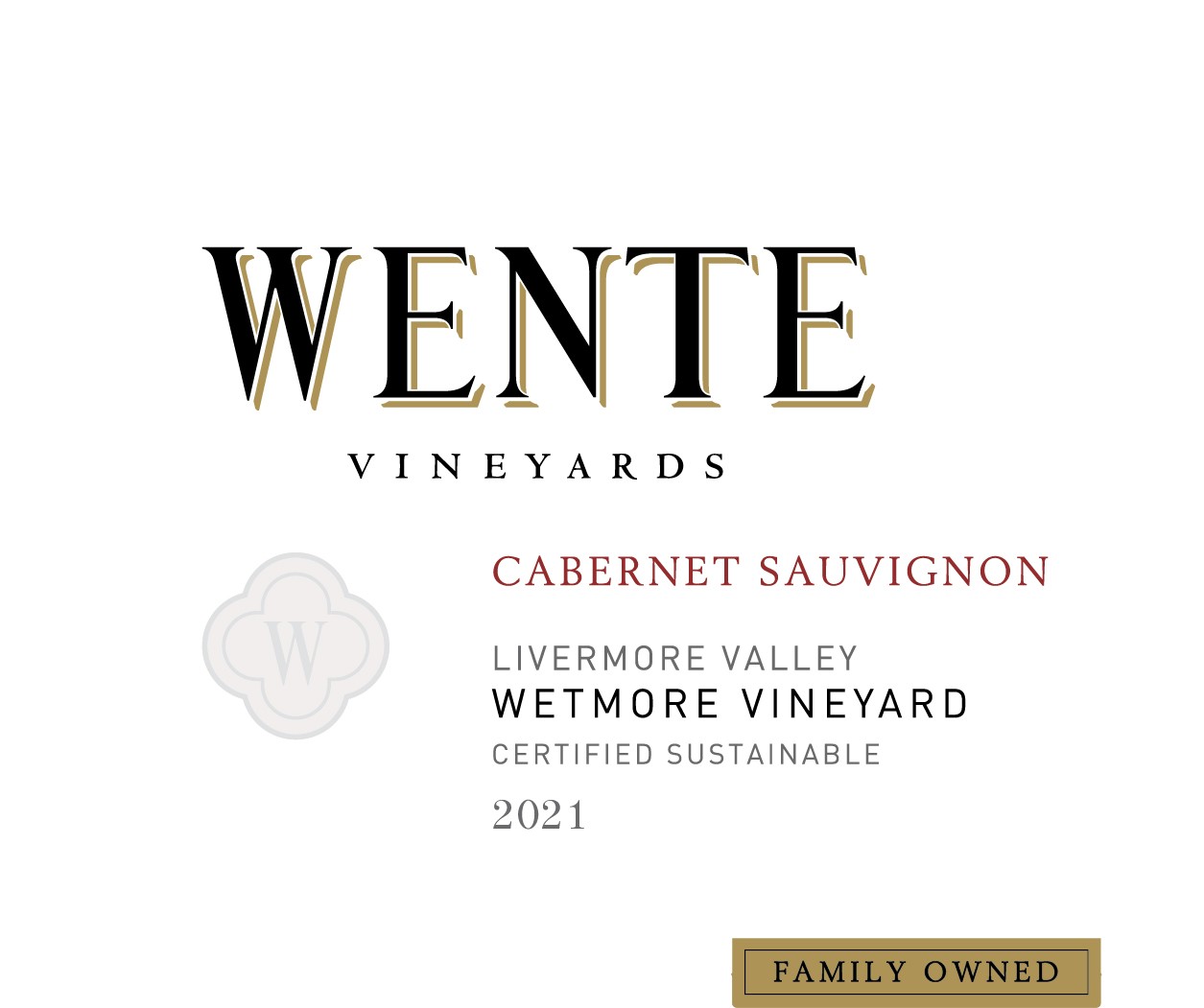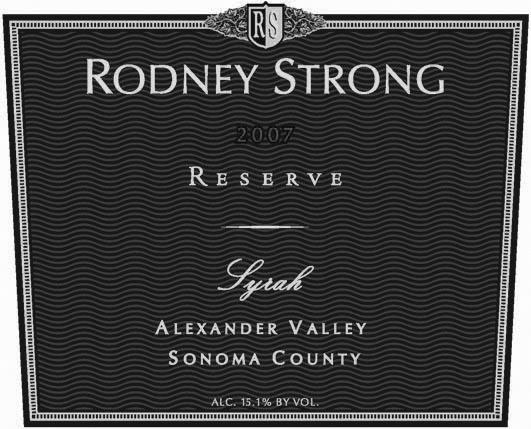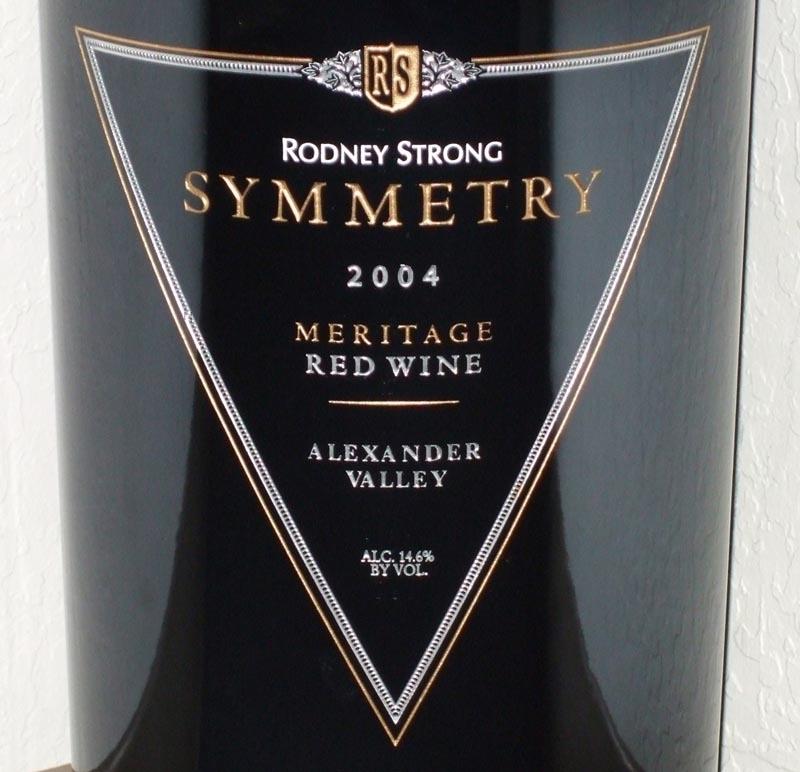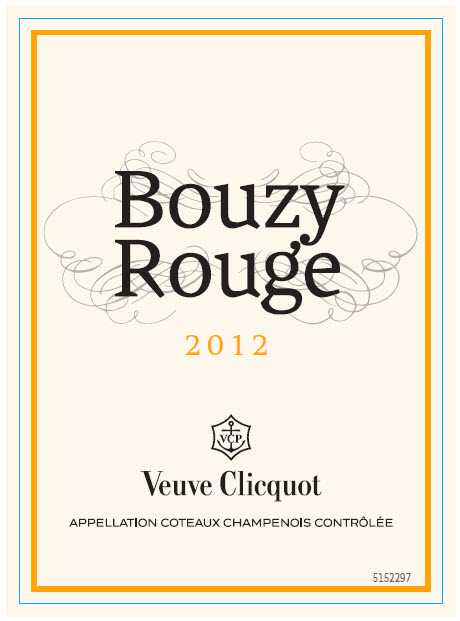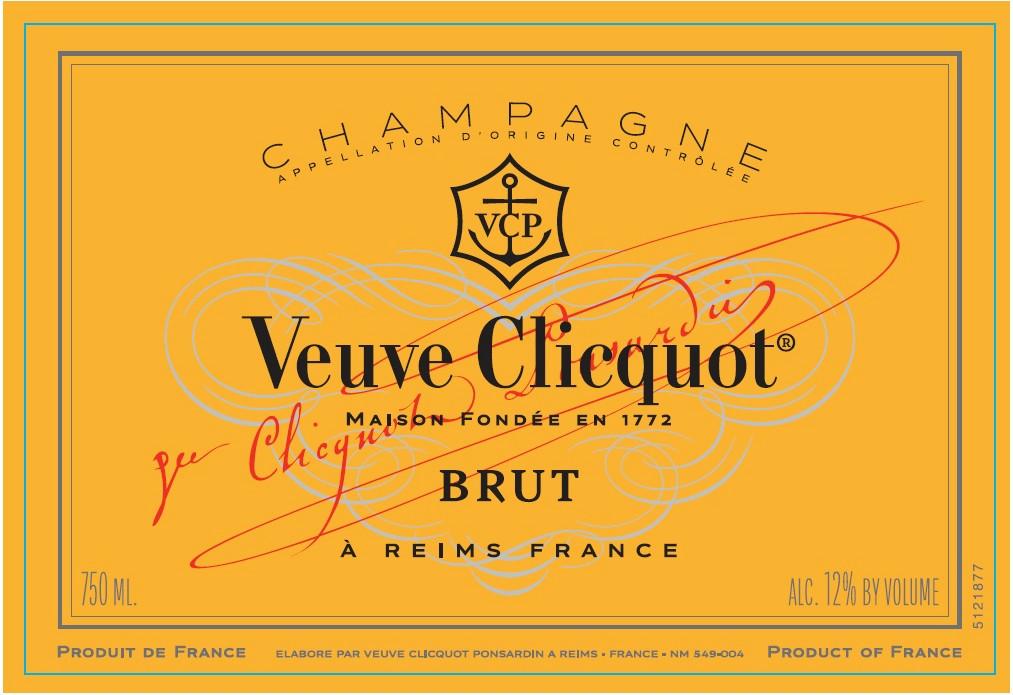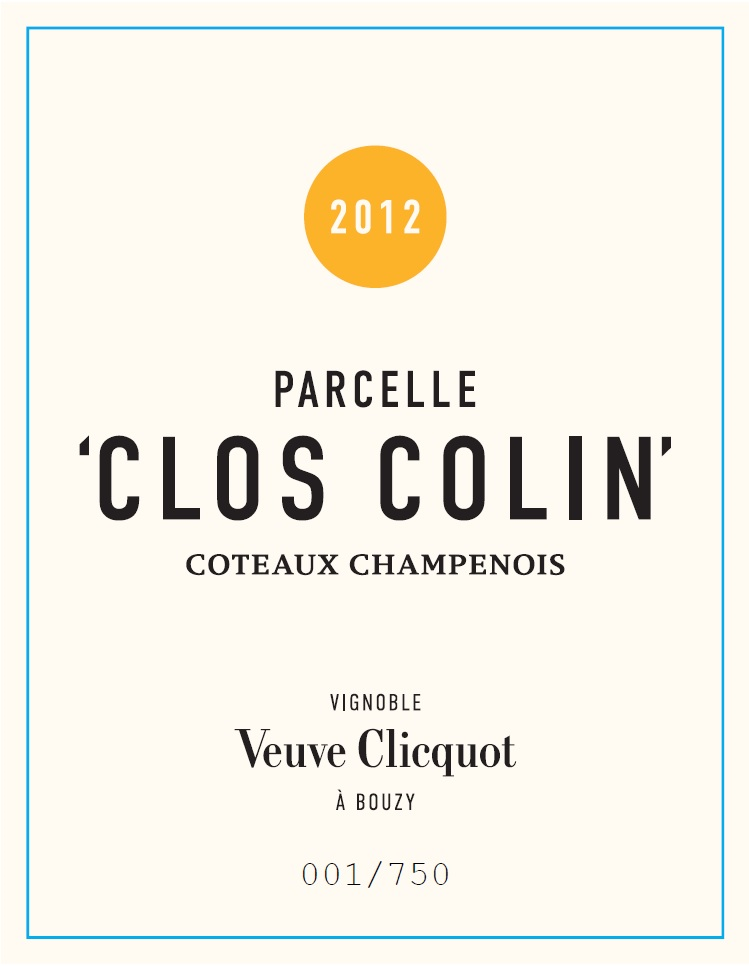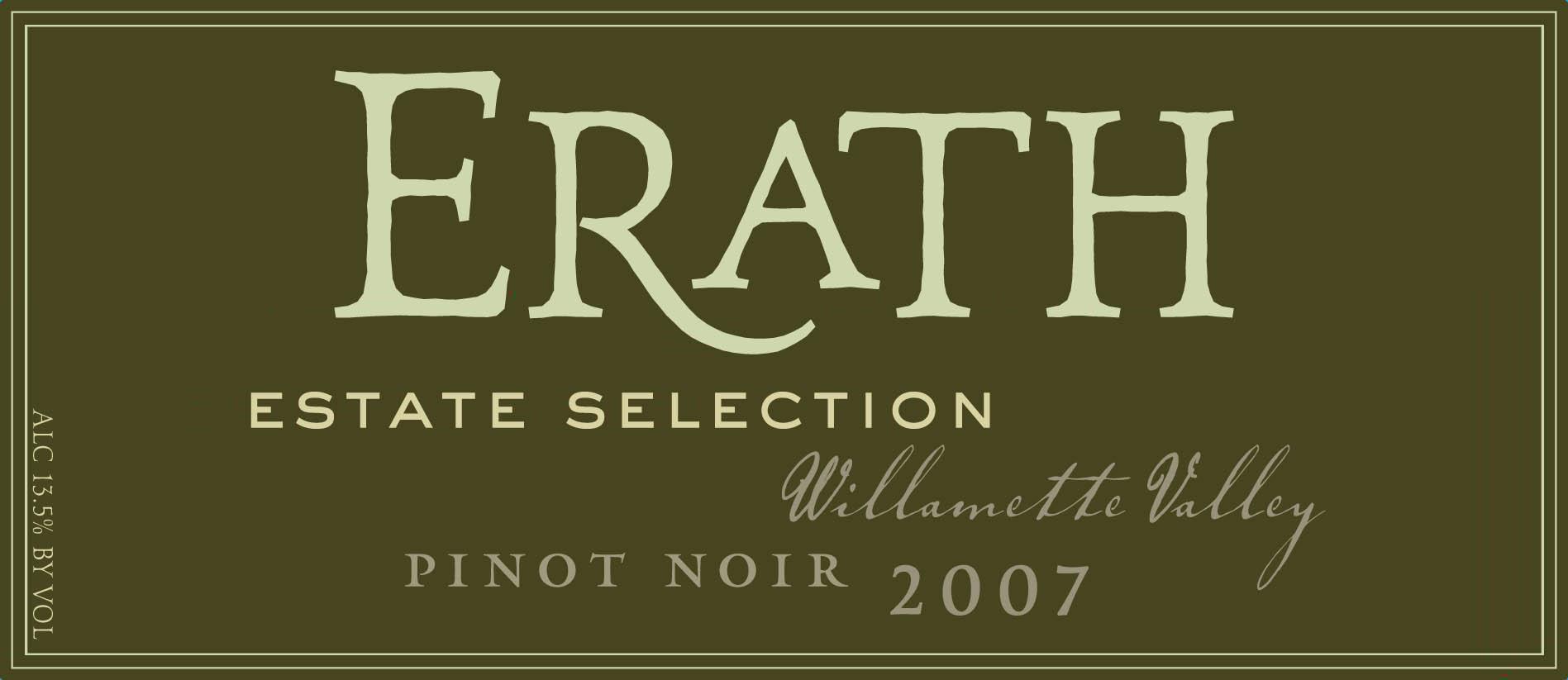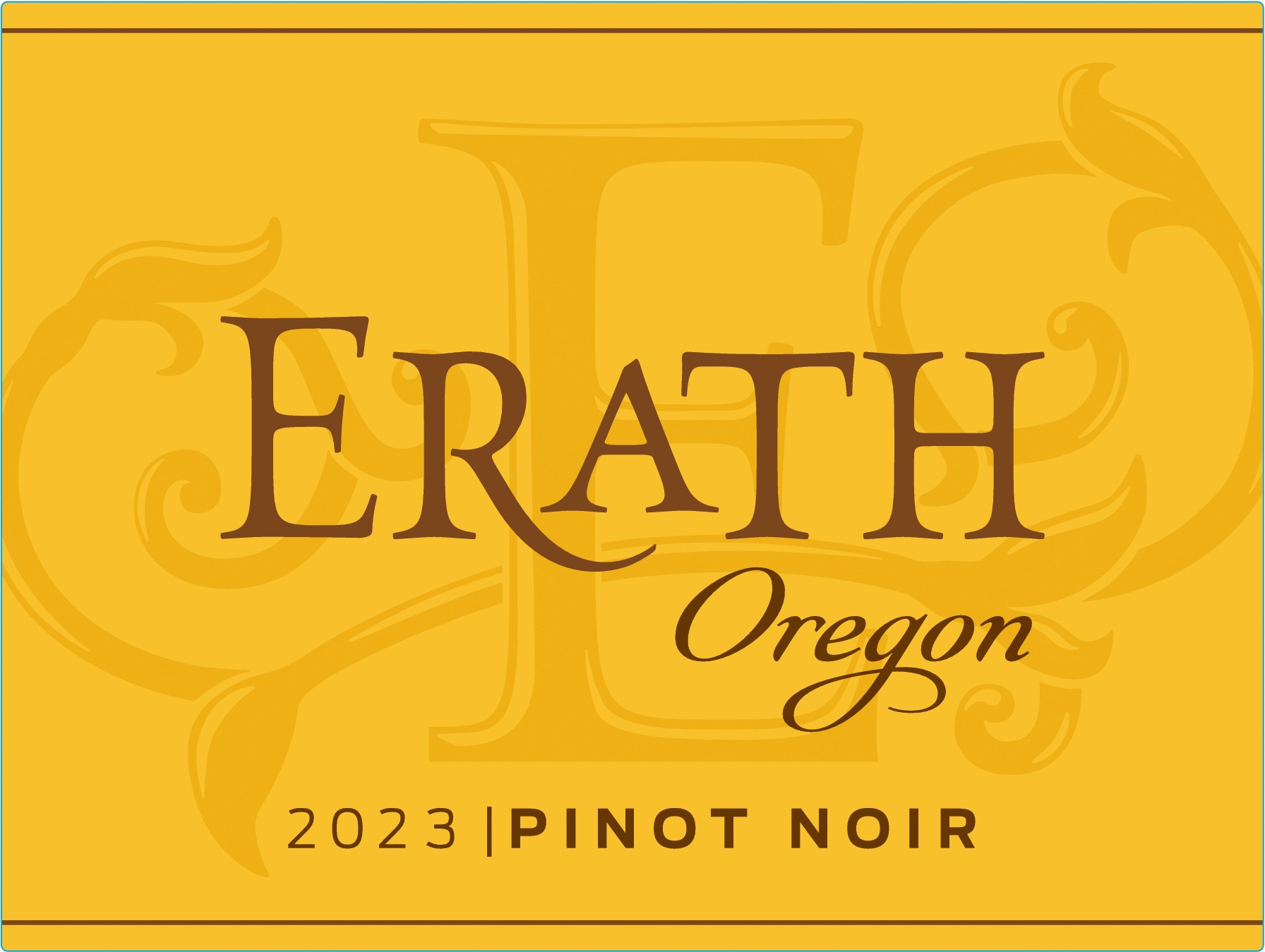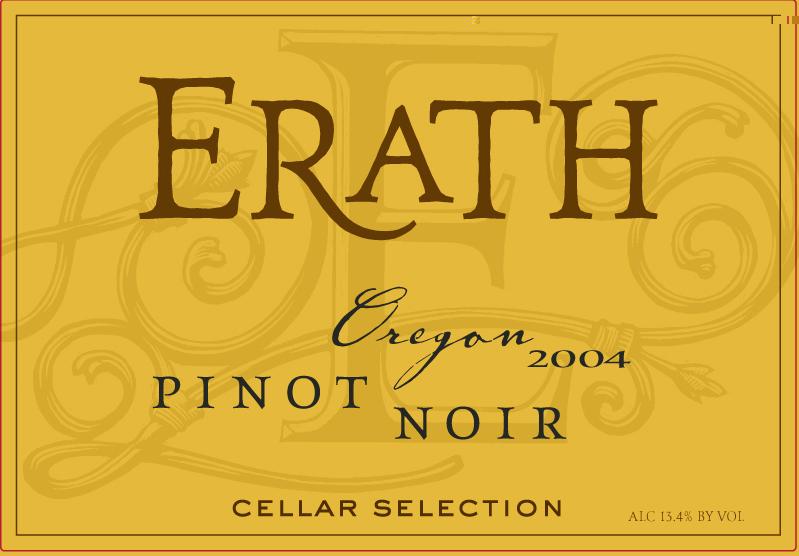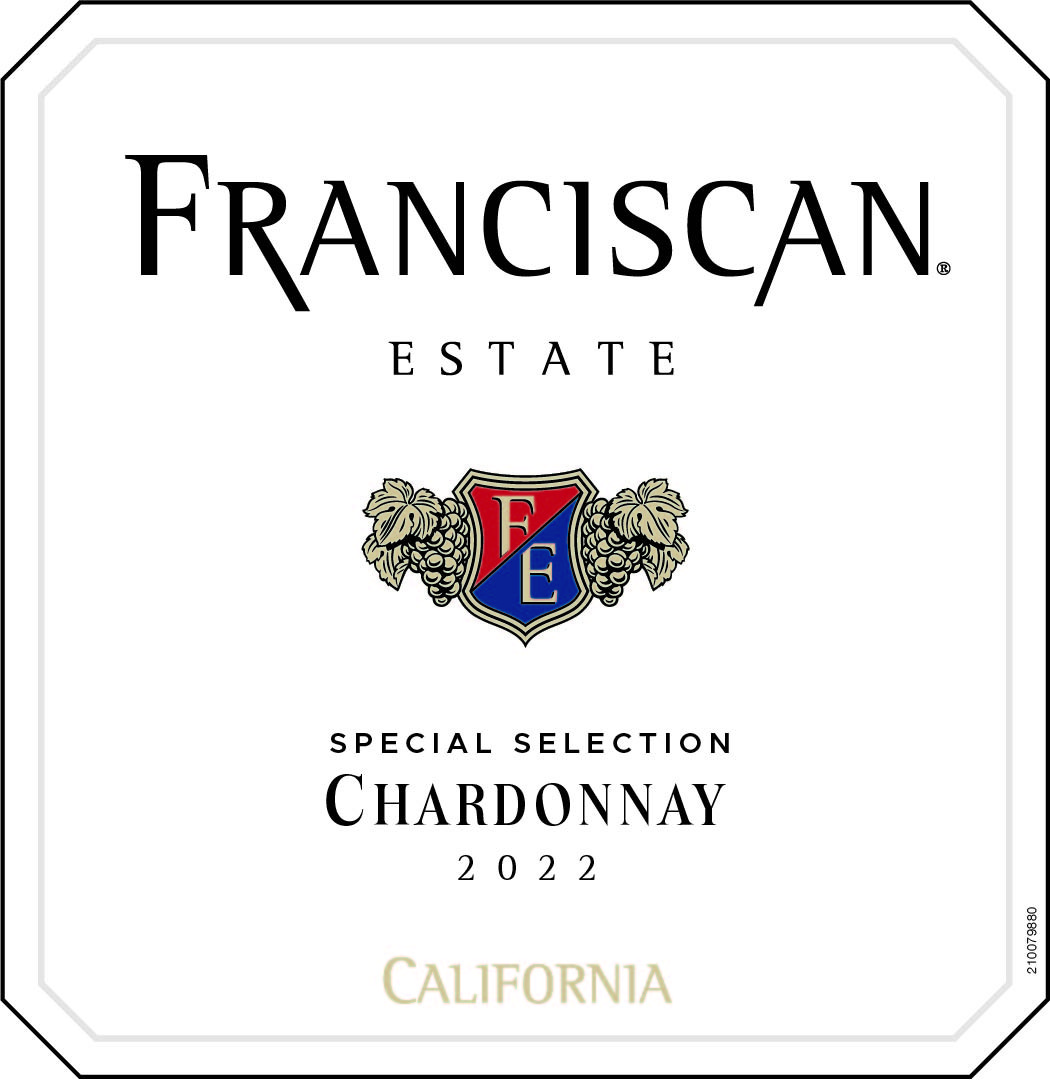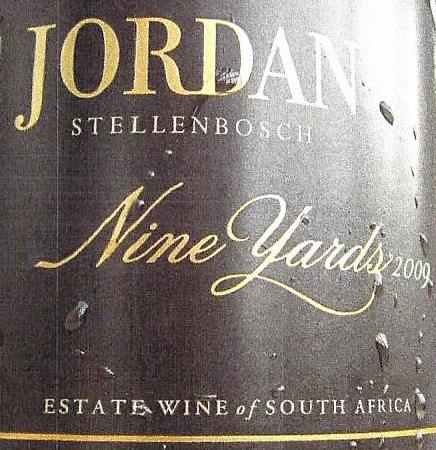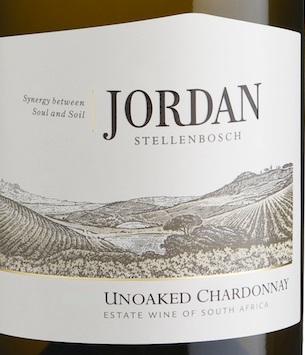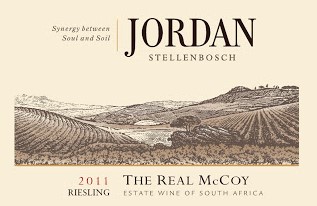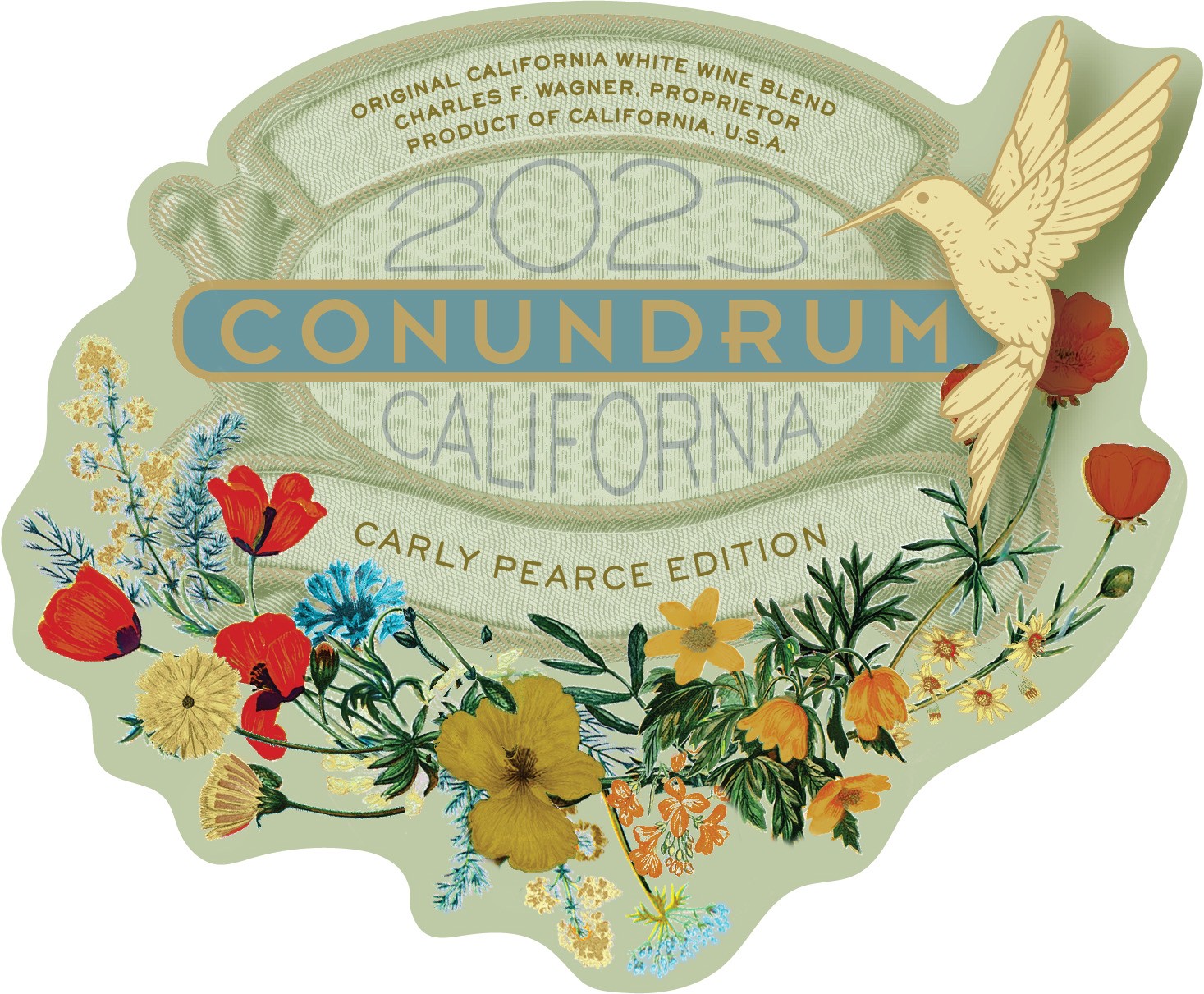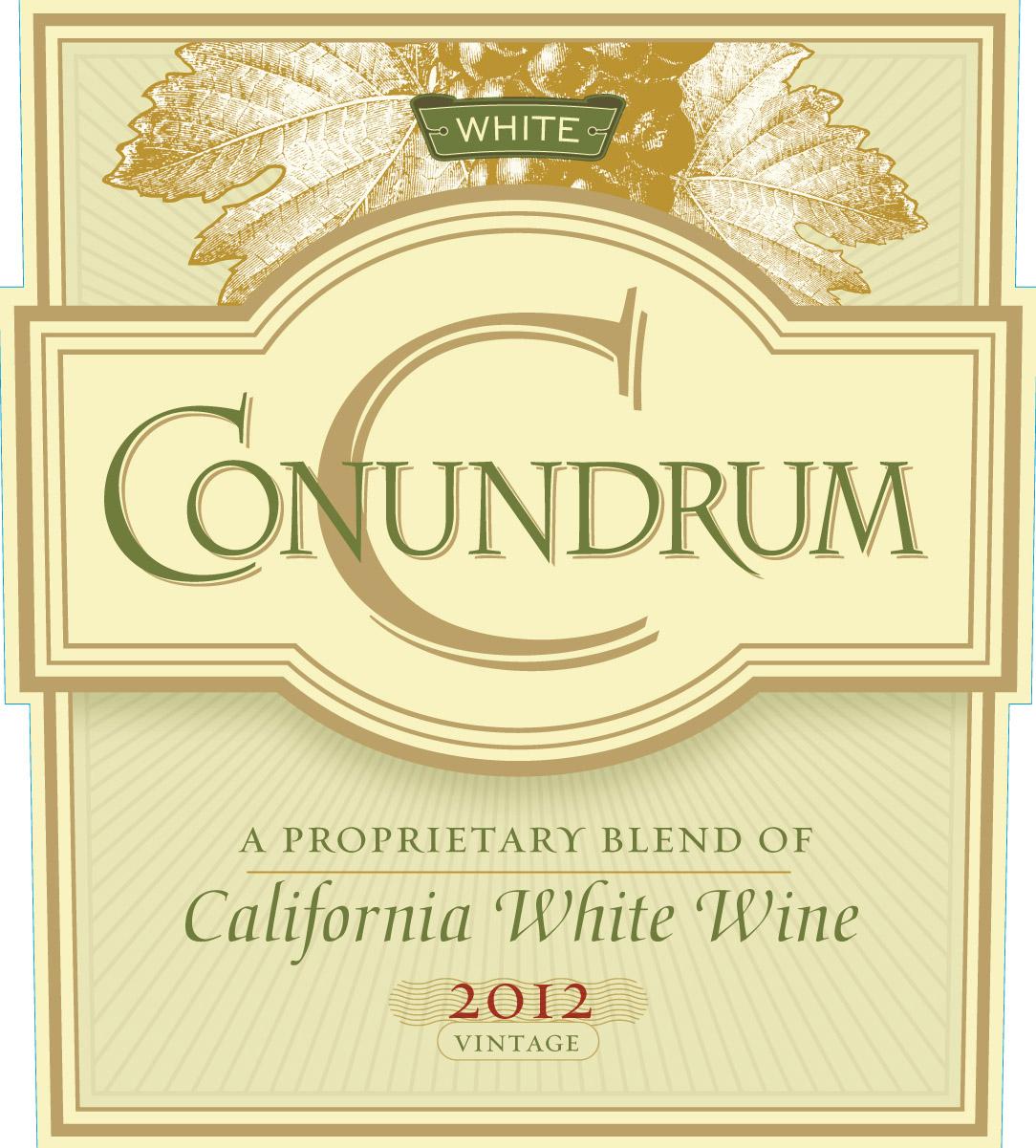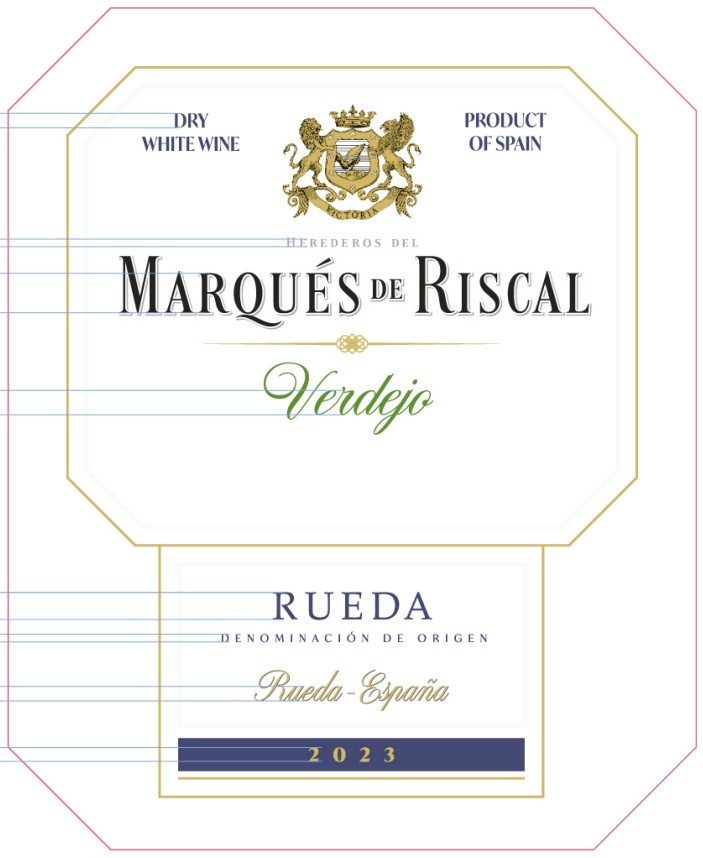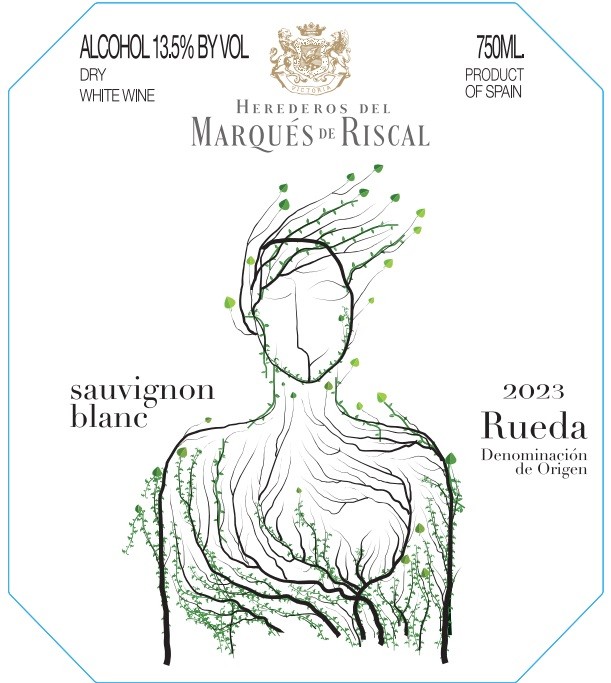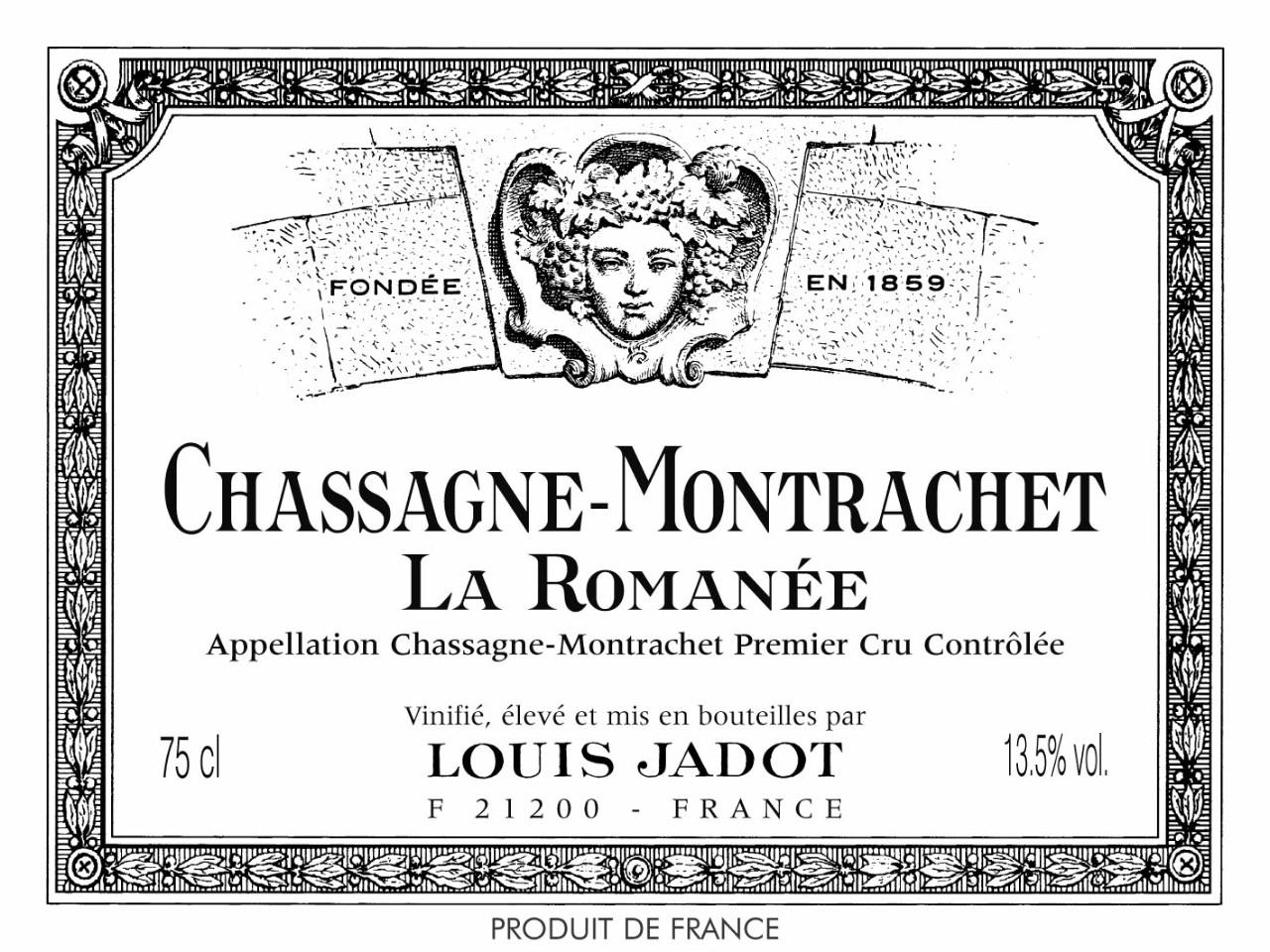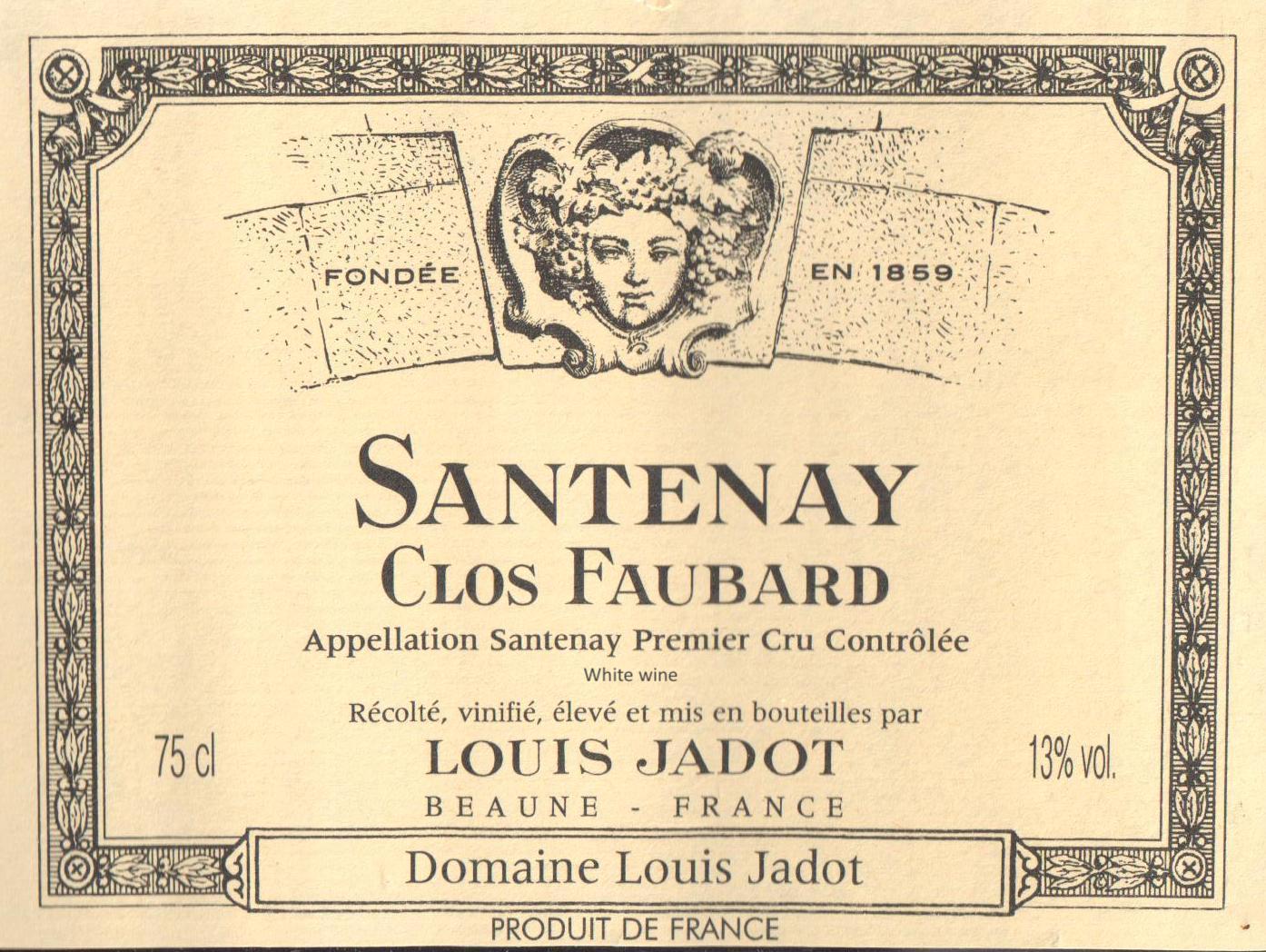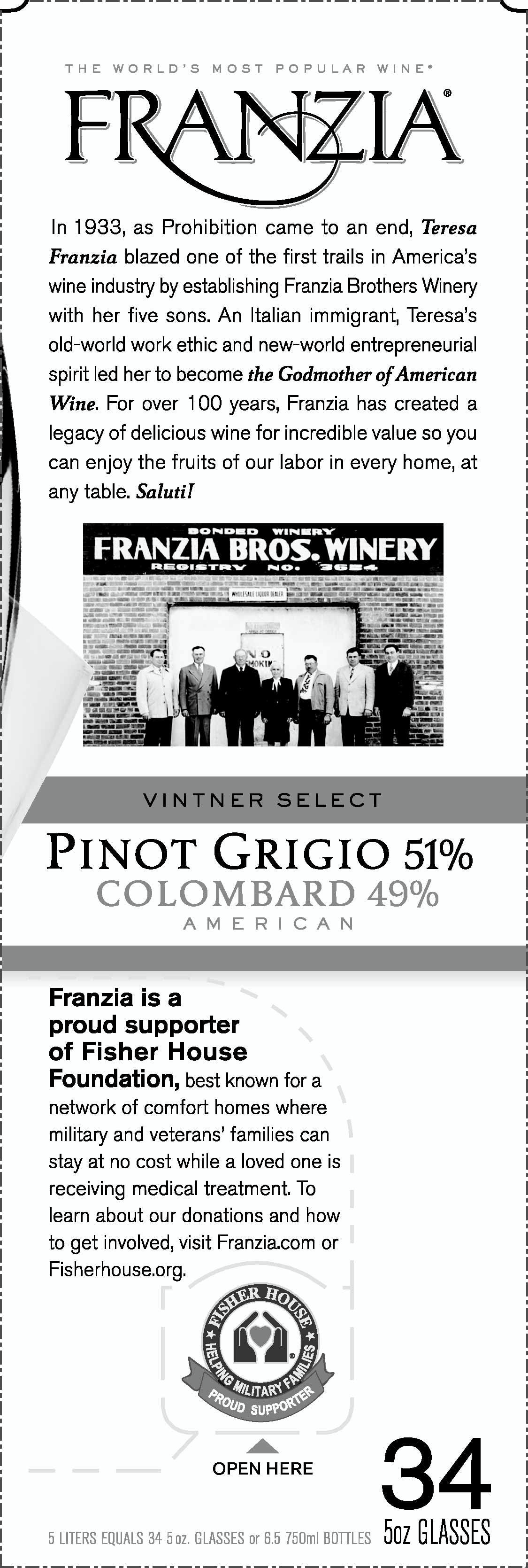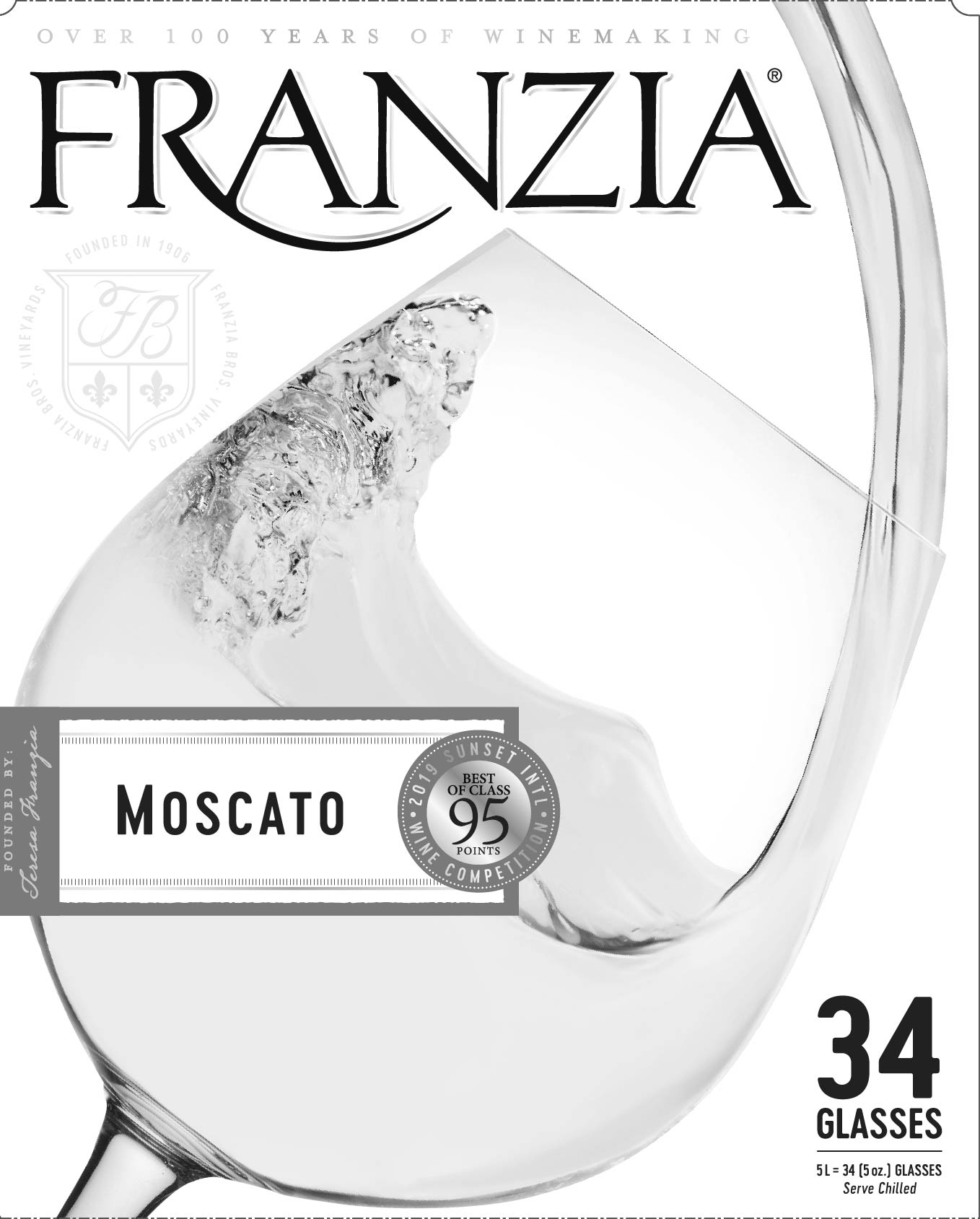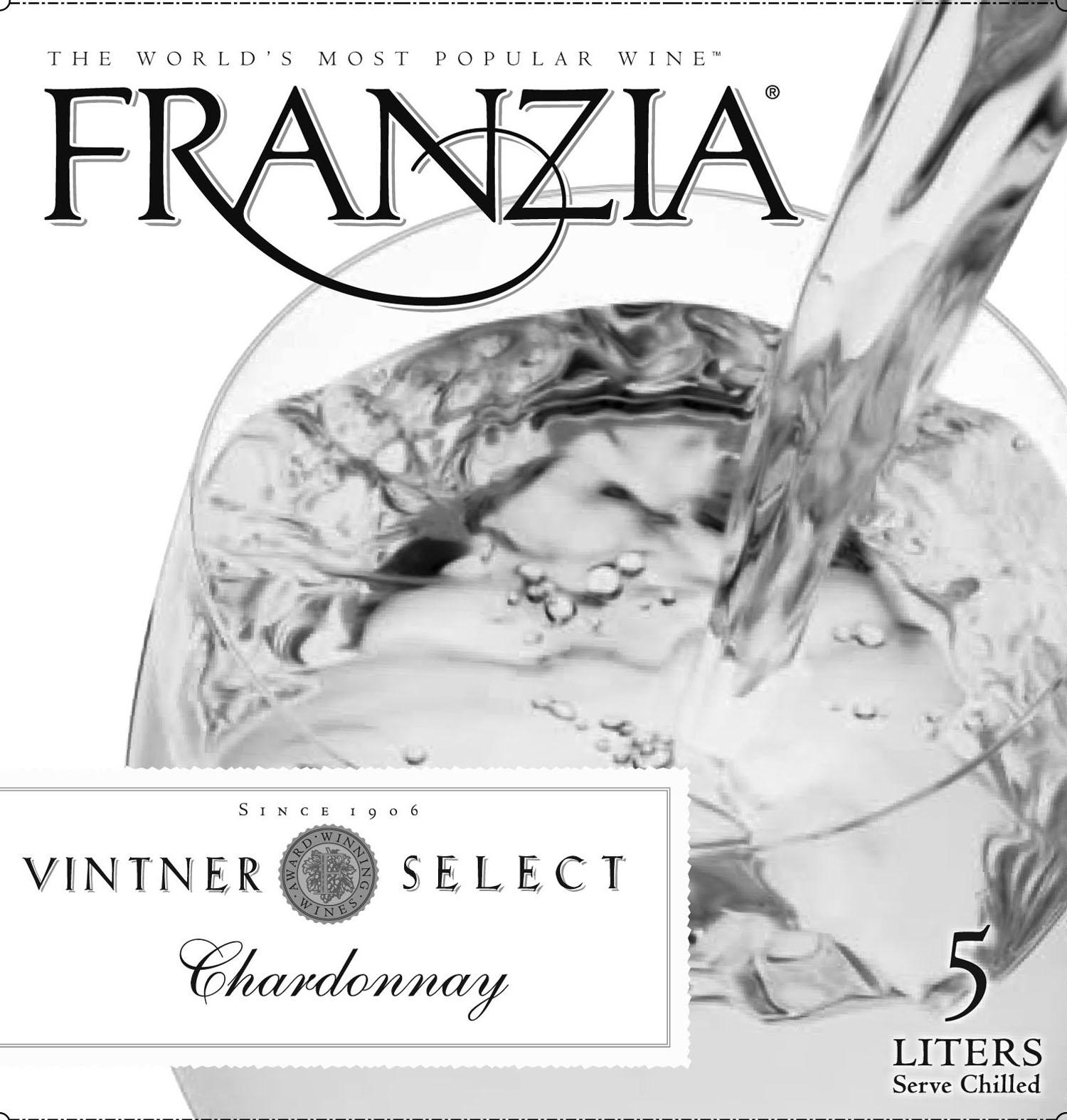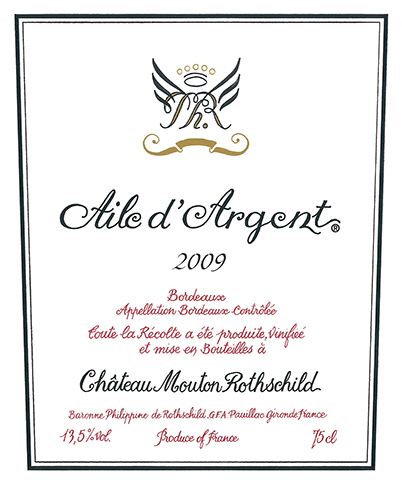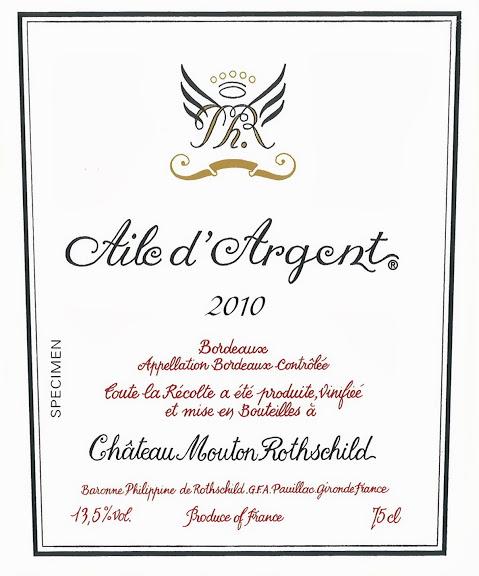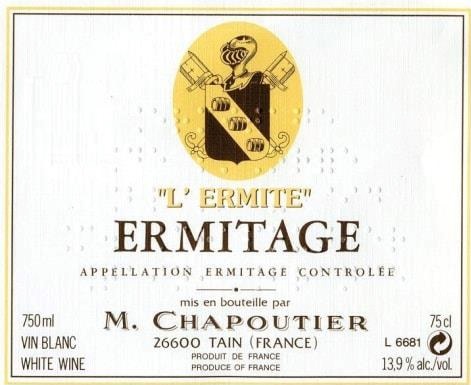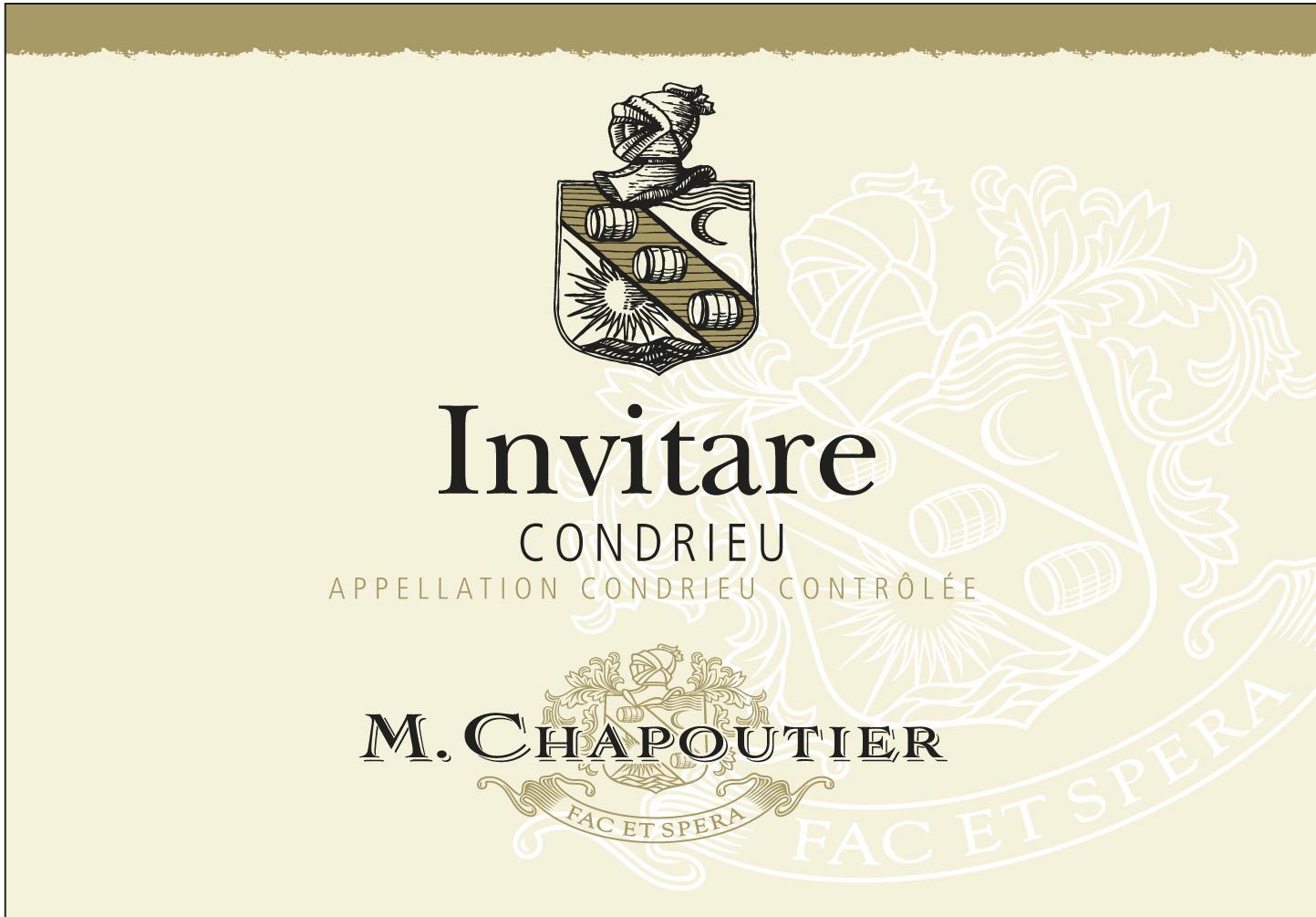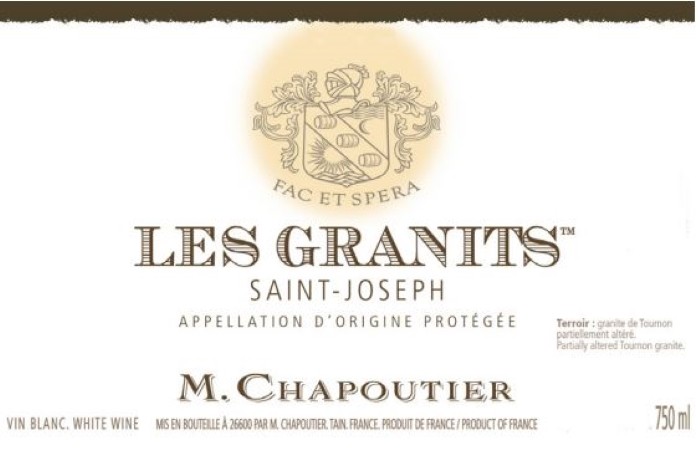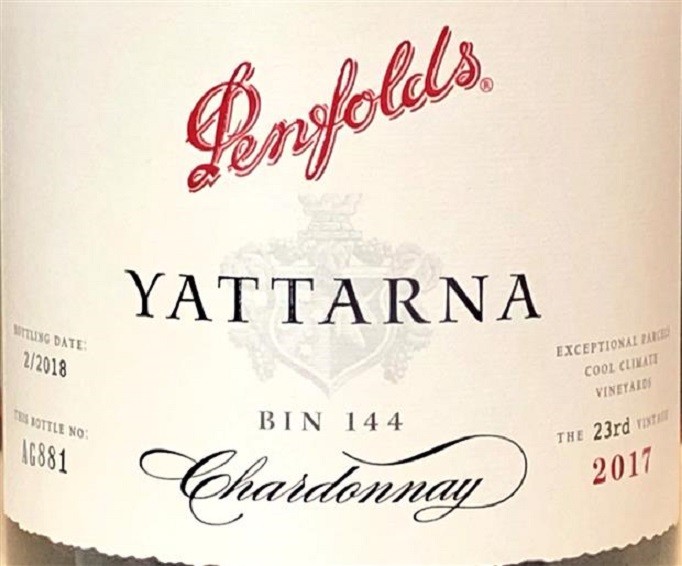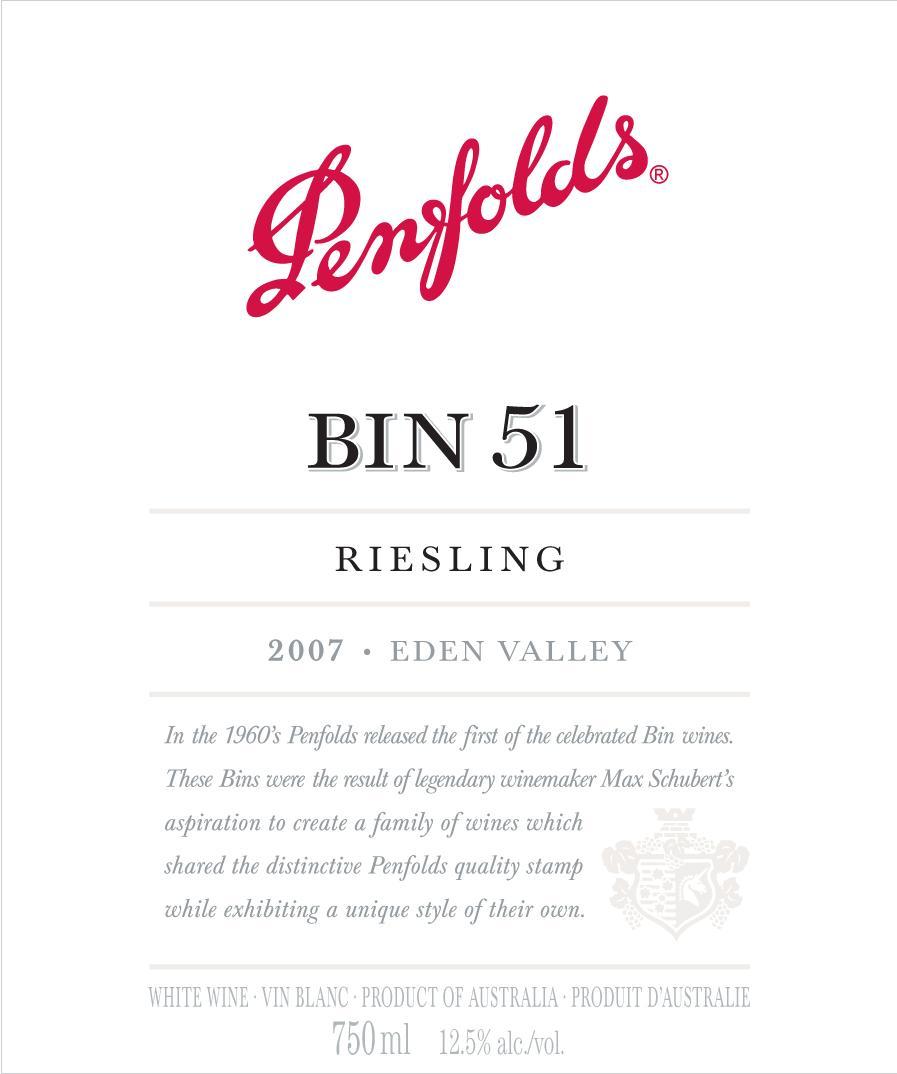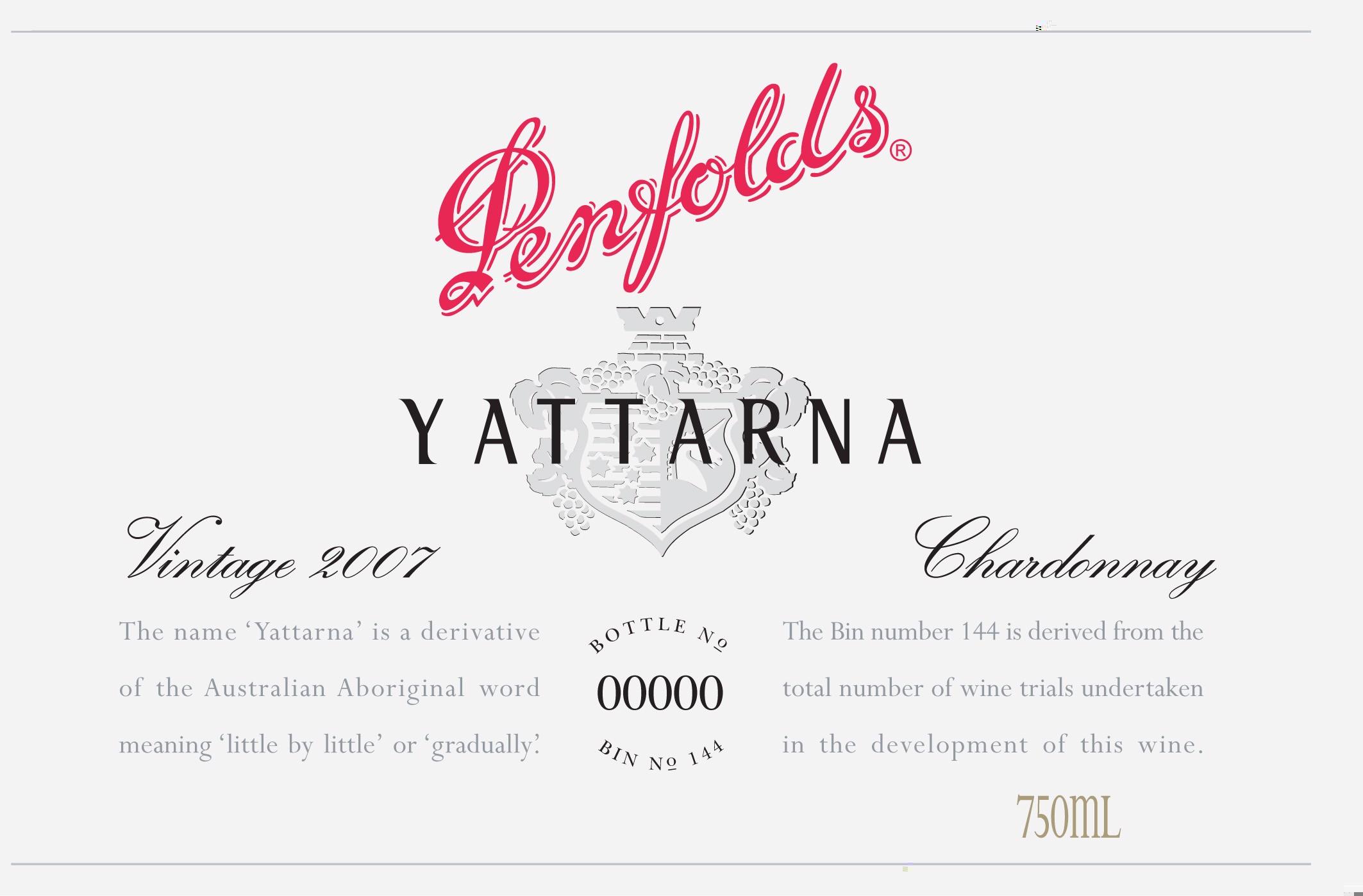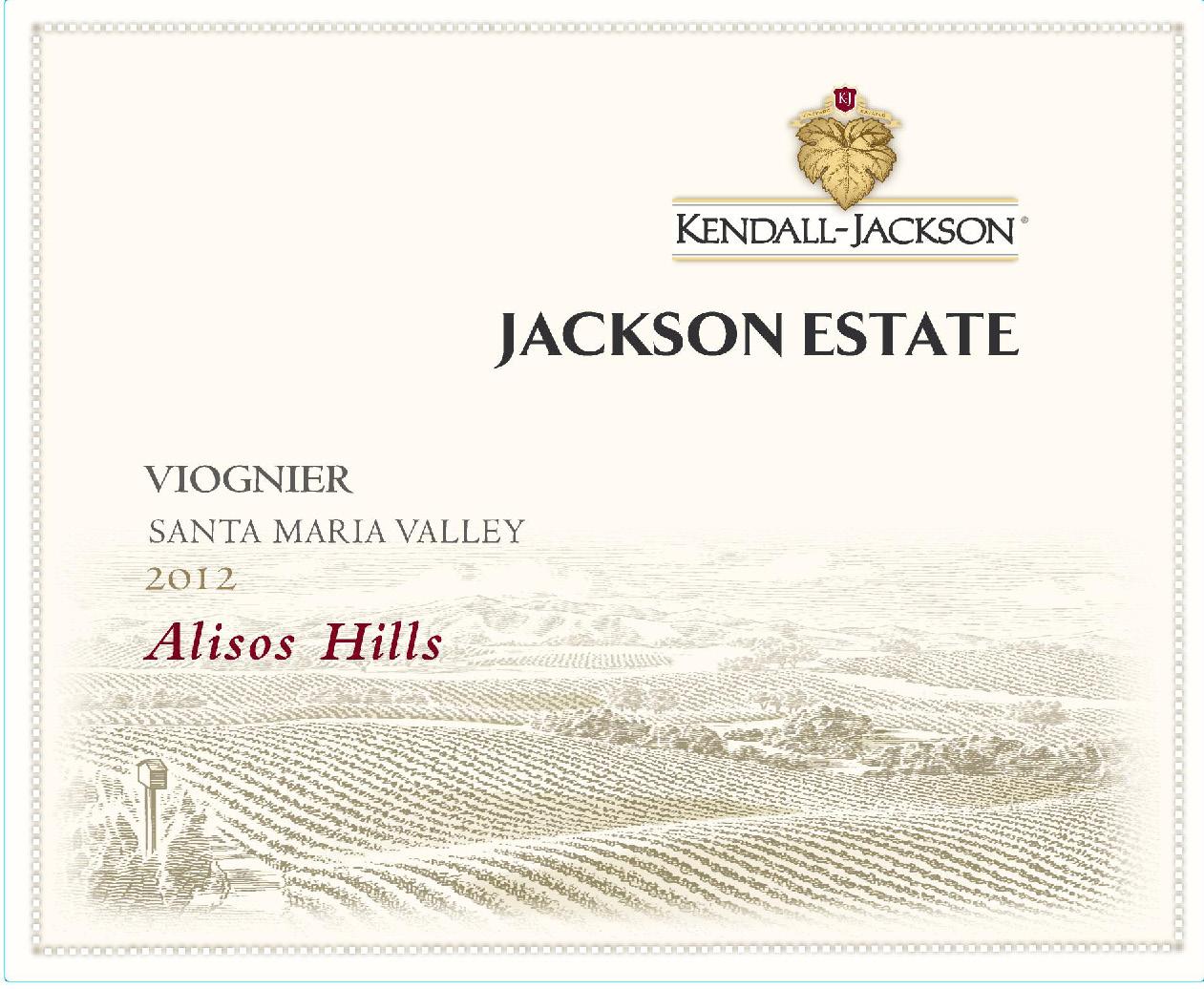Terroir of Great Southern, Western Australia
Great Southern enjoys a cool Mediterranean climate, with mild, wet winters and warm, dry summers, influenced by breezes from the Southern Ocean. Inland vineyards benefit from afternoon winds that slow ripening, preserving acidity. While spring frost poses a risk, abundant sunshine allows grapes to ripen before late autumn rains.
Coastal areas like Albany and Denmark receive over 800 mm of annual rainfall, mainly outside the growing season. Inland areas like Mount Barker and Frankland River get 600–700 mm. Low humidity reduces disease risk, supporting low-intervention farming. The region's varied soils, from gravelly sandy loams in Albany to granitic terrains in Porongurup, contribute to wines with distinct aromatic qualities and mineral intensity.
Notable Wineries in Great Southern, Western Australia
The Great Southern region of Western Australia is a treasure trove of exceptional wineries, blending historic estates with innovative newcomers. Notable among them are:
- Frankland Estate (Frankland River): Celebrated for its dry Riesling, this winery also produces standout Shiraz and Cabernet Sauvignon, exhibiting the area's signature spice-mineral notes.
- Plantagenet Wines (Mount Barker): Known for its rich history, this winery crafts deep and balanced Cabernet Sauvignon and Shiraz, alongside remarkable single-vineyard Riesling and Chardonnay.
- Singlefile Wines (Denmark): A boutique producer focusing on precision and elegance, offering refined Chardonnay and Pinot Noir that reflect Denmark's cool maritime climate.
With a mix of family-owned vineyards and pioneering small-lot producers, the region excels in organic and biodynamic practices, enhancing its reputation for producing distinct, high-quality wines.
Sustainable Winemaking in Great Southern, Western Australia
In Great Southern, Western Australia, sustainability is at the forefront of winemaking. Many vineyards are adopting organic and biodynamic practices, enhancing soil health with cover crops and reducing chemical use through effective canopy management. Water conservation is critical, particularly inland, where drip irrigation systems are guided by soil moisture levels and winter rains are stored in farm dams for dry spells.
Energy usage is minimized through solar panel installations and efficient cellar practices, aided by the region's naturally cooler climate. Integrated pest management and the use of beneficial insects are common, supporting biodiversity. Packaging is evolving towards lighter, recycled materials to lower the environmental footprint.
Collaboration among producers is strong, with shared research and initiatives like biodiversity corridors and local weather-station networks, underscoring a collective commitment to resilience and long-term sustainability.
Wine Tourism in Great Southern, Western Australia
Great Southern, Western Australia, is a captivating wine tourism destination, offering a perfect blend of natural beauty and diverse wine experiences. This region's wine trails connect its five unique subregions, each with distinct microclimates and stunning landscapes.
Visitors can explore architecturally intriguing cellar doors and historic homesteads, enjoying curated tastings and local dishes, often featuring fresh seafood and regional truffles.
The area provides opportunities for outdoor adventures, such as hiking in the Porongurup and Stirling Range or whale-watching along the south coast. Accommodations range from vineyard cottages to eco-lodges, enhancing the immersive experience.
Cultural tourism is rich here, with insights into Noongar culture and vibrant local markets. Great Southern’s cool-climate wines, including Shiraz, Chardonnay, and Riesling, are celebrated for their elegance and complexity, making the region a must-visit for wine enthusiasts seeking both quality and sustainability.



